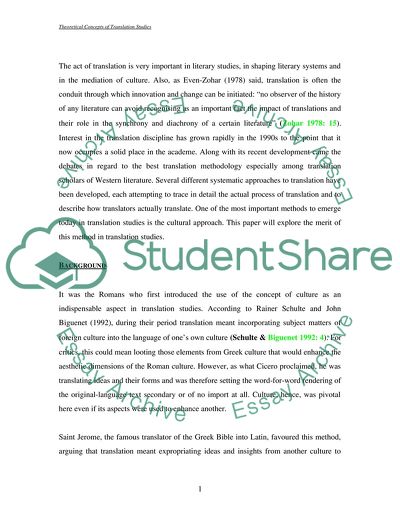Cite this document
(“The Concept of Culture in the Translation Studies Coursework”, n.d.)
Retrieved from https://studentshare.org/english/1544658-the-concept-of-culture-in-the-translation-studies
Retrieved from https://studentshare.org/english/1544658-the-concept-of-culture-in-the-translation-studies
(The Concept of Culture in the Translation Studies Coursework)
https://studentshare.org/english/1544658-the-concept-of-culture-in-the-translation-studies.
https://studentshare.org/english/1544658-the-concept-of-culture-in-the-translation-studies.
“The Concept of Culture in the Translation Studies Coursework”, n.d. https://studentshare.org/english/1544658-the-concept-of-culture-in-the-translation-studies.


